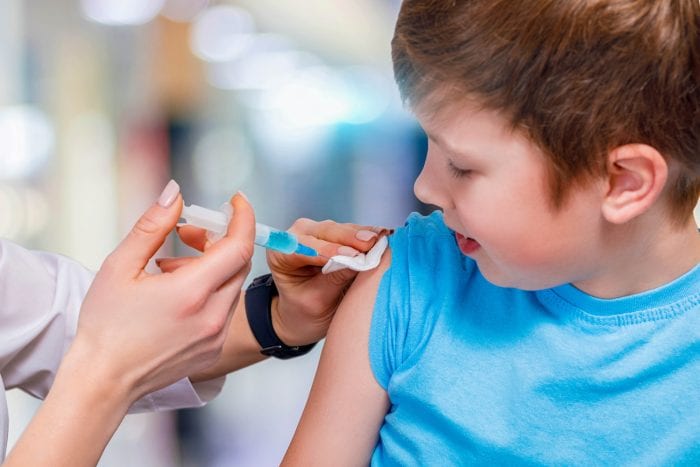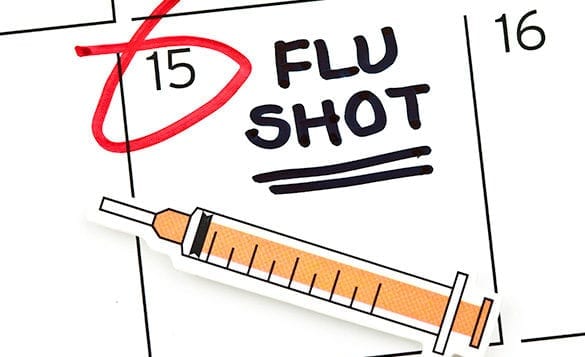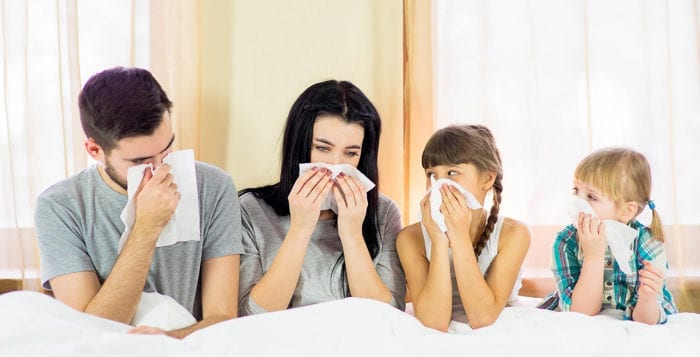Cold and flu season typically runs from October to May, but with summer colds, COVID outbreaks, RSV and allergies, it’s a pretty safe bet that you and your family may be dealing with a variety of symptoms of one kind or another, no matter the season.
Given this year-round battle against illness, the ever-rising costs of medications can put a strain on your wallet and cause confusion as to how best to guard against all of those various bugs out there.
“It’s vital for families to get reliable information on how to prevent illnesses, especially during cold and flu season when many bugs are at their worst, and what to do if they do come down with something,” said Preeti Parikh, Executive Medical Director at GoodRx, the leading prescription savings platform in the U.S. “This includes information about how to get the best price on any medications they need.”
That’s where GoodRx comes in. It is an online platform that does double duty. GoodRx can save you up to 80% off retail prices of medications, plus it offers trusted information on the myriad health conditions that families deal with. GoodRx’s articles, written by a team of doctors, pharmacists, health economists and public health experts, provide you with authoritative and trustworthy answers to your most pressing health questions so you can make better decisions for your family’s health.
When it comes to navigating cold and flu season, Dr. Parikh offers the following tips to prevent illness and manage treatment if you do become sick.
* Get vaccinated. Everyone should get their flu shot and COVID booster by the end of October, and these shots can be done at the same time. It’s the most important thing you can do to prevent illness, not only for yourself, but for vulnerable people in your community, such as children, the elderly and people with chronic conditions.
* Older Americans should investigate the RSV vaccine. All Americans aged 75 and older should receive one dose of the RSV vaccine. Adults aged 60 to 74 with serious chronic conditions, pregnant women, and young babies may also need to get vaccinated. Work with your healthcare provider to determine if the vaccine is best for you.
* Wash your hands. Everyone should practice good disease prevention! Wash your hands, avoid touching your face, and sneeze or cough into your elbow.
* Protect others. If you’re sick, stay home. Don’t go to the office or out shopping or dining. If you must go out, wear a mask to help avoid passing those bugs around.
* If you do become sick, GoodRx can help you save on treatments, including antibiotics that can treat your infection, cold medications to help with symptoms, and antivirals, which can shorten the duration or alleviate the symptoms of your illness. On average, GoodRx users save $34 on cold and flu treatment medications.
So, how do the savings work? It’s actually very easy. Just go to GoodRx.com or the mobile app and type in the name of the medications you have been prescribed. You’ll get a listing of local pharmacies and their prices. Choose the lowest one, and a coupon will pop up. Bring your phone with you to the pharmacy and show the coupon to your pharmacist to get the lowest possible price on your medications.
To arm yourself with information about how to battle the bugs, and ways to save at the pharmacy, visit GoodRx.com/go/fluseason. (BPT)








